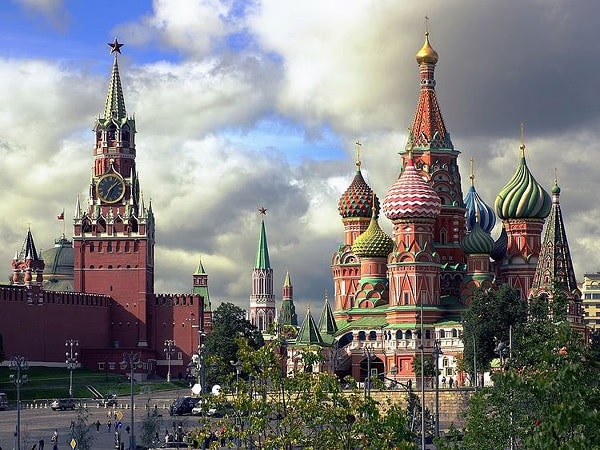How a Tax Change Could Bring AED 16.3B NRI Boost to India
India’s economy has long awaited a breakthrough to propel it into higher growth. While recent reforms—like income tax rebates and GST rationalisation—offer temporary relief, there is one simple policy shift that could create a permanent cycle of economic activity: restoring the old tax residency rule for Non-Resident Indians (NRIs).
From 182 Days to 120 Days
Until 2021, NRIs were considered non-residents if they spent fewer than 182 days in India in a financial year. The rule was tightened to 120 days to discourage Indians from splitting their time between India and tax havens such as Dubai or Singapore. However, this move largely backfired. Instead of encouraging NRIs to spend more time in India, many simply extended their stay abroad, boosting foreign economies while reducing their spending footprint in India.
Retired NRIs: A Missed Opportunity
The global NRI population stands at nearly 40 million, with a significant community in the UAE. Many of them have grown wealthier in recent years due to rising asset values. At the same time, as NRIs age, there is a natural desire to spend more time in India with family while enjoying its warmer climate.
Consider just the four million NRIs living in the United States, the wealthiest diaspora in terms of per capita income. If 20% of retired US-based NRIs chose to spend six months annually in India, this could translate to 160,000 families. Each family would spend roughly ₹4 lakh per month—about AED 17,500. Over six months, the combined expenditure amounts to ₹37,000 crore (AED 16.3 billion).
Economic Multiplier Effect
This level of spending could deliver a sustained boost to India’s GDP. With a multiplier effect of 5x, the annual NRI inflow would equal nearly 0.7% of GDP growth. Unlike a one-off government stimulus, this impact would be self-reinforcing—fuelling demand for housing, retail, healthcare, travel, and services every year.
The effect would be equivalent to the government directly funding the creation of over 770,000 jobs annually, but without draining public resources.
Lessons from Canada’s “Snowbirds”
India can take inspiration from Canada’s retirees, nicknamed “snowbirds,” who flock to US states like Florida every winter. Their seasonal stays generate billions of dollars in spending and property taxes, significantly boosting local economies. India, with its cultural and familial connections for NRIs, could attract similar long-term economic benefits by easing residency restrictions.
A UAE-Relevant Perspective
For NRIs in the UAE—many of whom divide their time between the Emirates and India—the 120-day residency rule has been a deterrent. Relaxing this back to 182 days would not only make India more attractive for long stays but also ensure that a portion of their wealth, earned in the Gulf, circulates back into the Indian economy.
The Way Forward
Reverting to the 182-day rule and simplifying tax residency classifications would send a strong signal that India welcomes its diaspora. The potential is immense: an AED 16.3 billion annual windfall, sustained job creation, and stronger GDP growth—all powered by NRIs’ desire to reconnect with their homeland.






